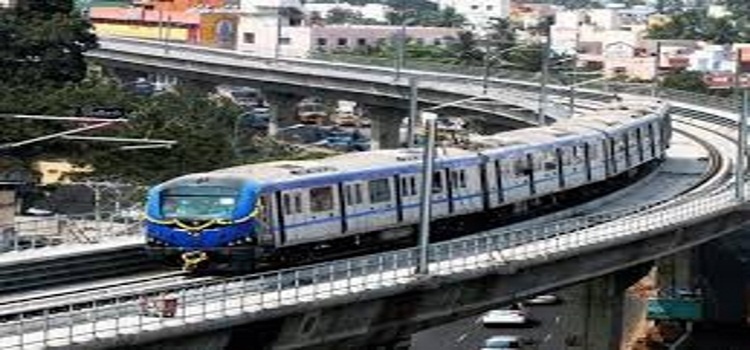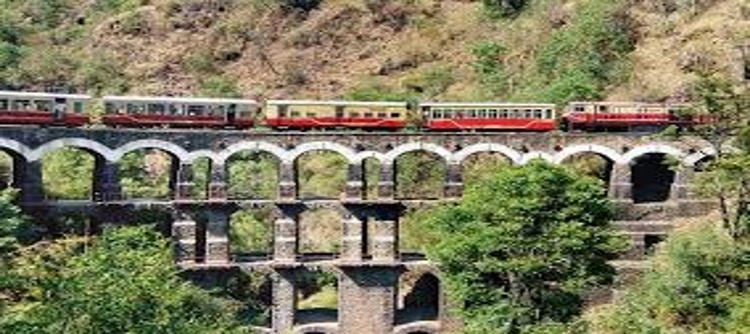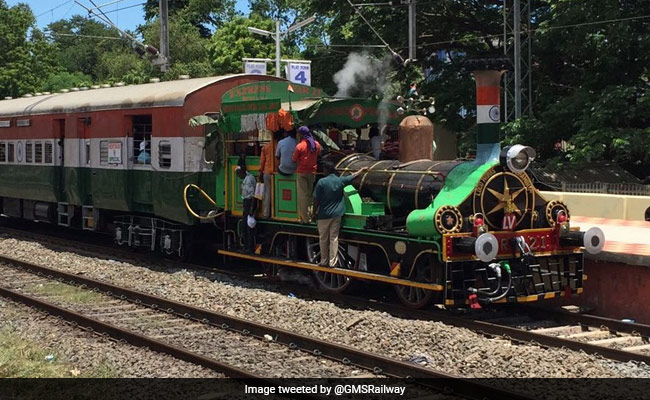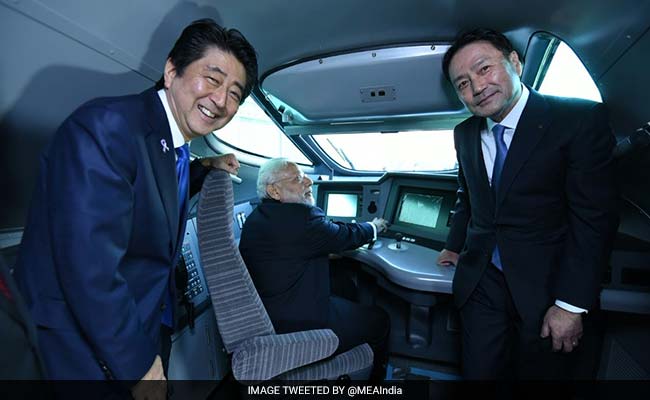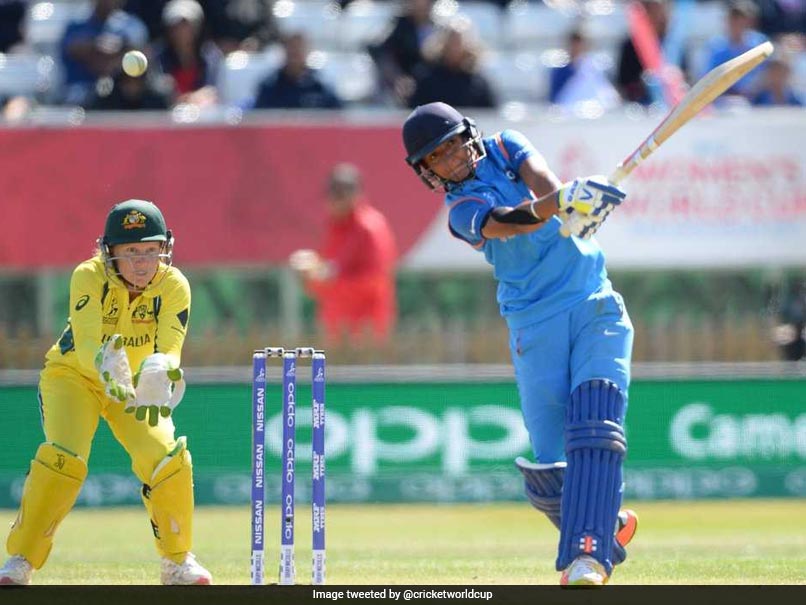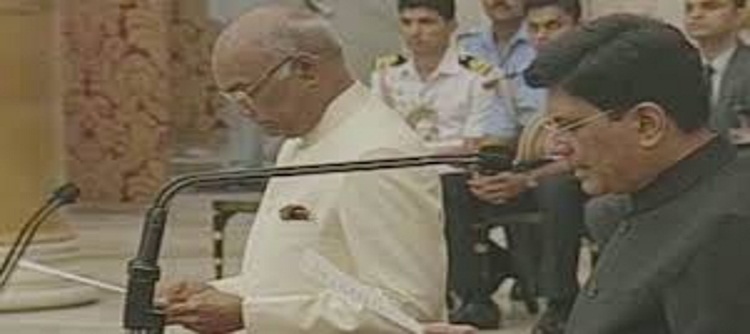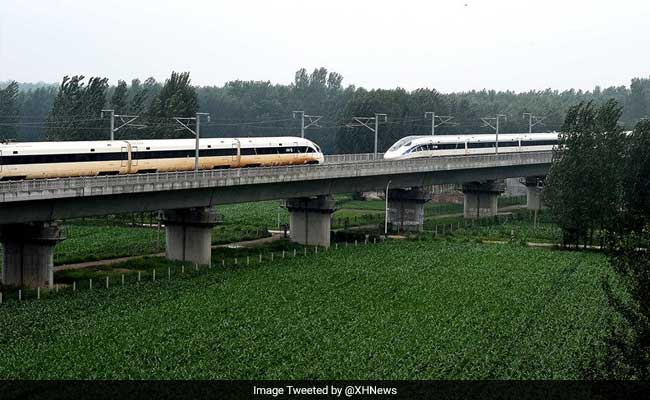
The Centre is confident of starting the Ahmedabad-Mumbai bullet train on August 15, 2022 to commemorate the 75th year of India’s Independence, a year ahead of its schedule, a senior official of the railway ministry said on Monday.
The official, who in-charge of the bullet train project, said that while the deadline to launch the train will remain 2023, the railways is focused to start it keeping in view the Independence Day celebrations in 2022.
Railway Minister Piyush Goyal said that the scheduled date of starting the bullet train is 2023, according to the Japanese. “Prime Minister Narendra Modi believes that Indian engineers have the capability and our workers have the efficiency to complete it a year earlier,” he told reporters.
“When the Prime Minister lays the foundation stone for the project on September 14, it will also mark the beginning of the project,” Mr Goyal said, adding that the venue of the foundation laying ceremony will be the passenger terminal for the bullet train.
He further said that it was the goodwill of the PM that was instrumental in India getting such cheap loan from Japan for the bullet train.
The 508-km-long Mumbai-Ahmedabad High Speed rail Project (Standard Gauge) is estimated to cost Rs. 1,10,000 crore on completion.
Out of the Rs. 1,10,000 crore, Japan is giving a loan of Rs. 88,000 crore. The interest on this loan is minimal at 0.1 per cent and it is to be repaid in 50 years, with a grace period of 15 years.
Mr Goyal said that the project is expected to provide 12-15 lakh jobs. Around 20,000 in construction, 4,000 direct jobs for running the system and around 20,000 indirect jobs.
“I think for such low expenditure we are not only getting this huge system, but also modern technology which will provide lakhs of jobs in India. With this technology, industry will get a big boost.
“Then eventually, India will make cheaper bullet trains and export it to the world. So going ahead, India will be part of the international standards in transport technology,” he added.
While covering the 508-km stretch between Mumbai and Ahmedabad, the train will stop at 10 stations — Thane, Virar, Boisar, Vapi, Bilimora, Surat, Bharuch, Vadodara, Anand and Sabarmati.
The railway official said the train would take 2 hours and 58 minutes to cover the distance if it took 10 halts, adding that with two halts — at Surat and Vadodara — the travelling time would come down to two hours and seven minutes.

